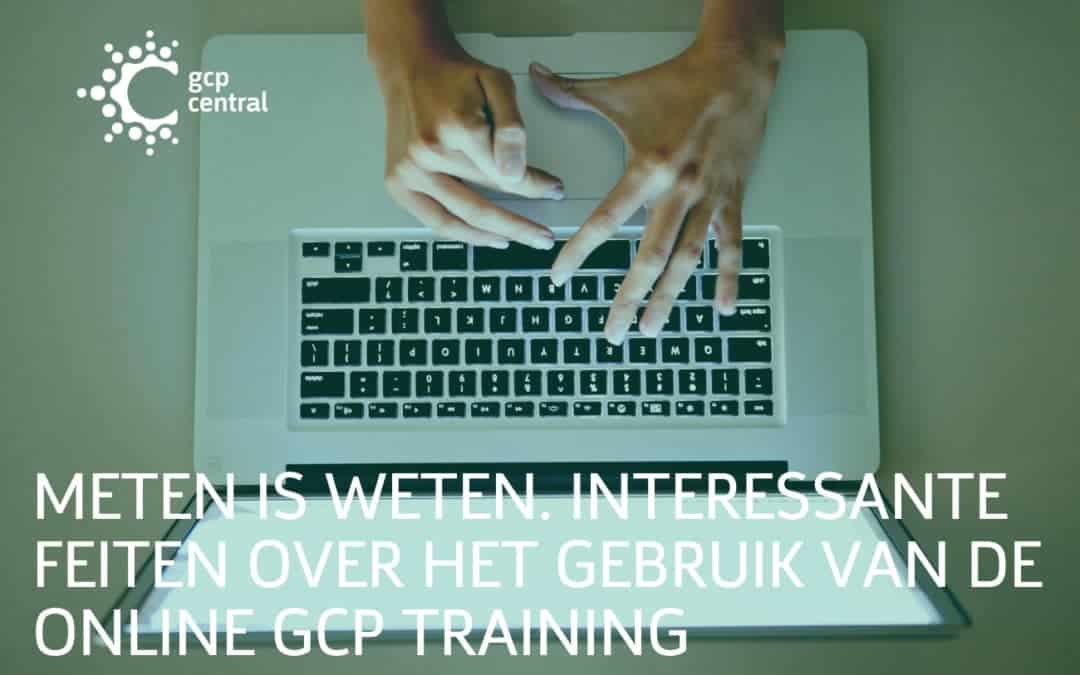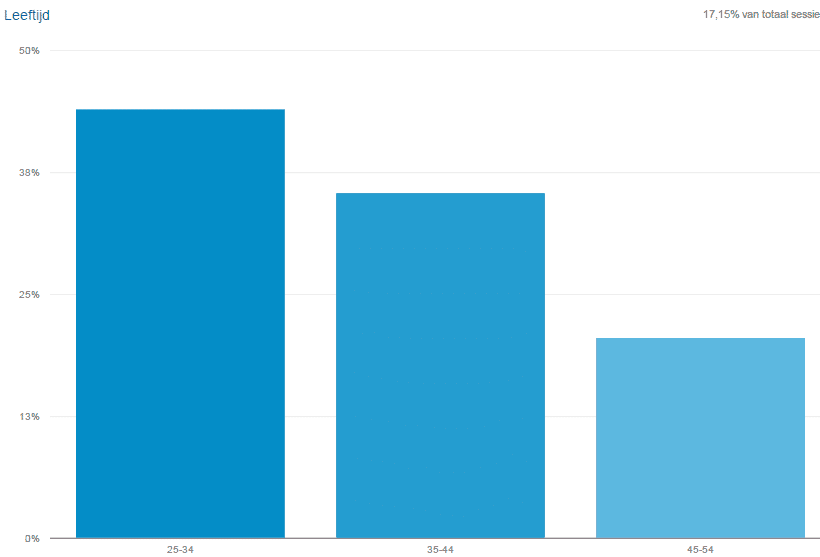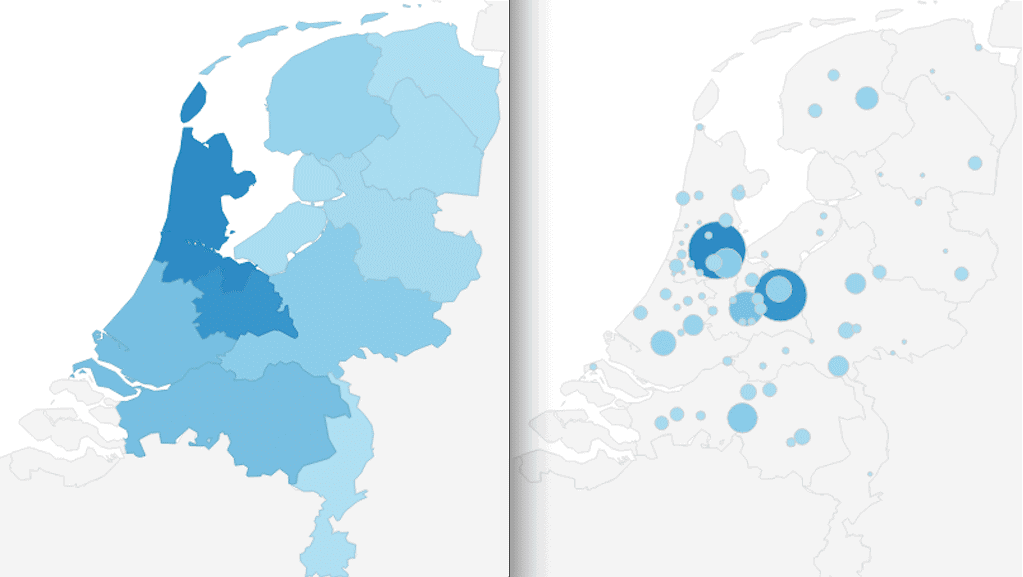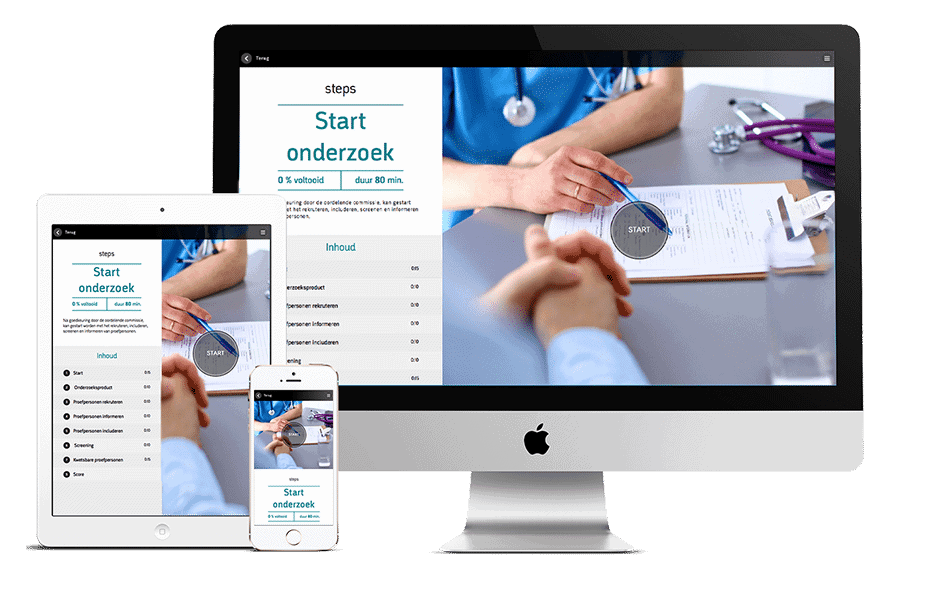One of the great advantages of the online myGCPtraining is that we can carry out analysis on various levels on data that we receive from our students. A simple example of data that we store is the progress of a student in the training. We also receive information about the actual use of myGCP in practice: which browser is most logged on? Is the training used via smartphone?
Obviously, we collect this data with the consent of the users of myGCP. We are very fond of the privacy of our students, so keep the Data Protection Act in mind when collecting these data. We also inform all users of myGCP how we handle personal data and other data through itprivacy policyon our registration page. The collection of data mainly takes place in order to provide our trainees with efficient service and to be able to further align our services and products with our customers and trainees.
For example, we can use progress data to send course participants notifications if they have not yet completed the training within a certain time. It’s so handy right before your examIn addition, we use this information to adapt our service to the actual use of myGCP in practice. For example, if 50% of the participants log in after 20: 00h in the evening, that means we have to think aboutcustomer service outside working hours.
We have collected some interesting facts, which we would like to share with you.
1. Age
Almost half of our students (44%), are the age of 25 – 35 – 44 year. 35% is 44 years and 21% is 45 – 54 years.
2. Men versus women
Maybe expected in view of the gender distribution in our sector, but always interesting to see this confirmed in the figures: 70% of the myGCP users is female and 30% is male.
3. Which province and city is the most active on myGCP?
Where is myGCP most used in the past period? In other words: in which province and city students are trained with theWMO/GCP online training? The leader is the province of Noord-Holland with the city of Amsterdam. With thanks to the AMC, VUmc and WestFriesGasthuis. The province of Utrecht follows, which probably has to do with our head office in Amersfoort and we logically work a lot in myGCP. So that does not really count. This is followed by the province of Noord-Brabant with a large activity in Tilburg (hard work on GCP training is being carried out at the ETZ). The provinces of Zuid-Holland, Friesland and Gelderland are then the most active.
4. Mobile learning? Or maybe not?
The myGCP learning environment and the WMO / GCP training are accessible via smartphone, tablet and desktop. We made this choice explicitly because we expect that in 5 years everyone will learn via their mobile or tablet. But what about that at the moment? Is there currently anything being learned via mobile or tablet? Ehm, a little.
85% of the myGCP users study trainingvia desktop. This can be the computer at work, but of course that hip macbook at home on the couch. The remaining 15% is divided fifty-fifty over tablet and smartphone. If you follow the training via the desktop, 90% of the students use the browsers Chrome, Internet Explorer or Safari. If a tablet or smartphone is used then in most cases (86%) this is an iPad or iPhone.
Next time more facts about the myGCPlearning environment, we will tell you more about session duration and training duration. How long does a student spend on training? At the time we launched the WMO / GCP training, we made an estimate of the training duration. But how long do you really spend on every chapter? Stay tuned News page for more facts and figures.






